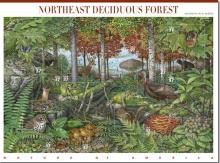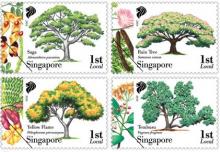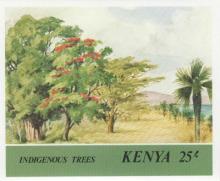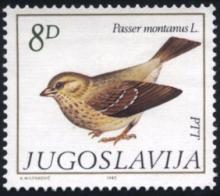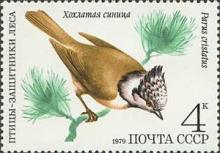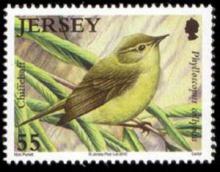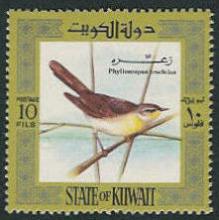Imidacloprid is a Recommended Insecticide for Control of Many Insect Infestations in US Forests
There are many kinds of insects that live in forests without occurring in damaging numbers. However, a few may develop occasionally into serious local infestations. Pesticide applications may be utilized for prevention of potential insect population buildup and suppression of outbreaks that threaten the vigor as well as survival of trees. Imidacloprid is recommended for the control of Balsam woolly adelgid, Hemlock woolly adelgid (eastern and Carolina hemlock), Aphids (various hardwoods and conifers), Emerald Ash Borer (Ash), Nantucket pine tip moth (2 and 3 needle pines only), and Sawflies (Virginia pine sawfly, introduced pine sawfly, red-headed pine sawfly).


